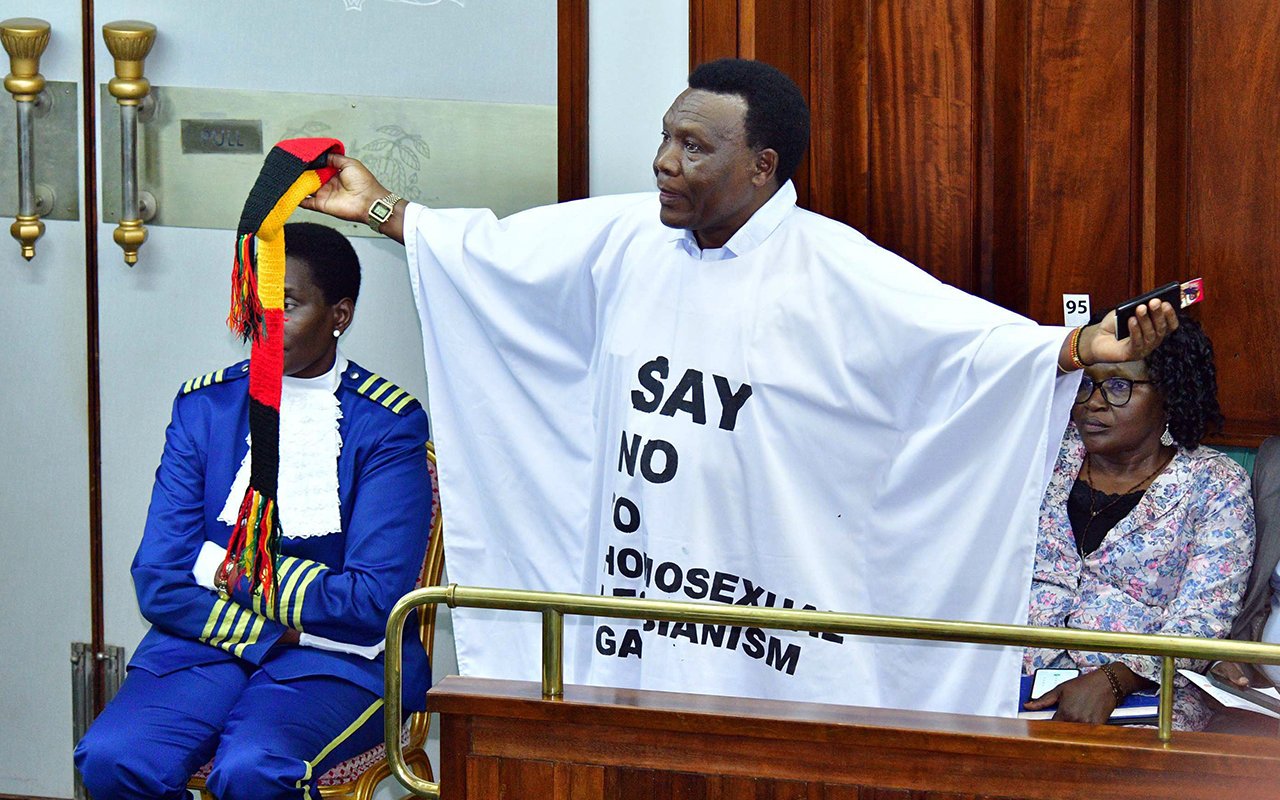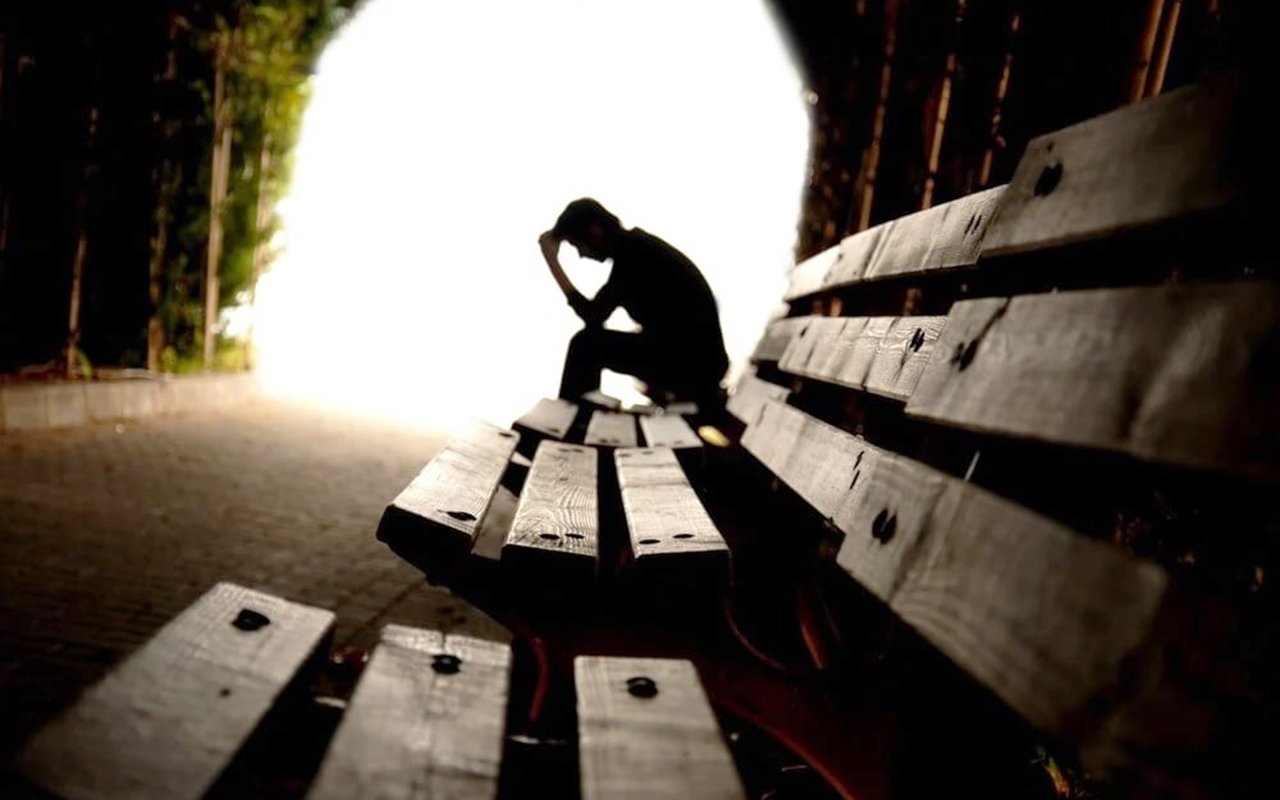On Rule Musevenia, Buganda and the politics of transitions
Without a doubt, it can be said that Rule Musevenia is on the wane. The recognition that Rule Musevenia is waning triggers off a sense that Ugandans are in the middle (or at the beginning) of a political transition.
Truth to tell, Mr Museveni cannot rule Uganda for the years he has already logged. And speaking of a transition from Museveni, the political dynamics shaping the 2021 General Election reflect a sense that this or the next term of office will be Mr Museveni’s last.
Both Museveni and his opponents act in a manner that betrays a feeling the 2021 elections is linked to the 2026 elections. But we need to put the dynamics of transitional politics in perspective. The first attempt at transitioning was during the reign of Sir Andrew Cohen as Governor of the Uganda Protectorate.
If there is anyone with the right credentials to be called Father of the Nation, it is Andrew Cohen. He built the national institutions on which an independent Uganda would run as a nation.
Andrew Cohen created UCB (or its forefather), UDB, Radio Uganda, consolidated the Co-operative Movement in a bid to deepen African native participation in the economy.
Unfortunately, Andrew Cohen fell out with Buganda (for exiling King Mutesa). Buganda called him Kawenkene (a contemptuous name later to be bestowed on Dr Milton Obote).
The need for Buganda to influence the dynamics of transitional political is now historical. Buganda’s strength lies in what has severally been referred to as Buganda nationalism (a vertical rallying point in the national politics of Uganda). It has been called the Buganda Factor or the Buganda Question.
The next transition was in 1962. The political dynamics of the time was characterised by manoeuvres between the nationalist political formations (mainly DP and UPC) and what we have described as Buganda nationalism. There were accusations and counter accusations against actors in the nationalist parties like DP and UPC.
Eventually, for the expediency of the need for the immediate attainment of independence, Uganda and Buganda made compromises.
However, these compromises were built on assumptions of goodwill on the side of Buganda. And needless, it must have been viewed as a case of appeasement to Buganda nationalism on the side of those who called themselves (Ugandan) nationalists.
Now, it is clear that Rule Musevenia is ebbing and has triggered a sense of a country in a political transition with characteristics like those of 1952 and 1962 (I was advised by a friend to add 1980). That is why we need to review the National Unity Platform (NUP).
The circumstances are clear; it is a transition period. And the projection of NUP is clear; subtly rallying the sense of Buganda nationalism. But NUP has an alibi: Government has created an environment in which NUP cannot even form a political party (but buy one); cannot even hold a proper national conference (delegates conference).
Given the circumstances, even if NUP wanted to run a Ugandan nationalist party, it would not. What this portends is that NUP could just retreat into the most raw-sentiment political rallying point: Buganda nationalism. Whether we should blame that on Mr Museveni or NUP is moot.
DP president Norbert Mao has subtly referred to Buganda DP activists associating with People Power (and now NUP) as Kabaka Yekka (the 1962 movement that rallied Buganda nationalism). With hindsight, Mengo (Buganda Kingdom authorities) is casting a wary eye on the dynamics playing out.
The cast for the present transition is clear: The nationalist formations are now NRM and FDC (in 1962, it was UPC and DP). And NUP could just act the KY of 1962.
Mr Bisiika is the executive editor of the East African Flagpost.
[email protected]




